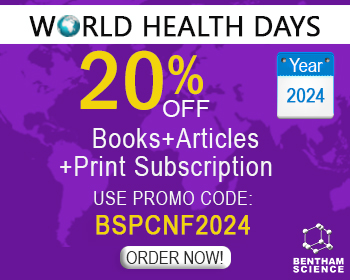Abstract
Atherothrombosis results from direct interaction between atherosclerotic plaque and arterial thrombosis and is the most common type of cardiovascular disease. As a long term progressive disease, atherosclerosis frequently results in an acute atherothrombotic event through plaque rupture and platelet-rich thrombus formation. The pathophysiology of atherothrombosis involves cholesterol accumulation endothelial dysfunction, dyslipidemia, immuno-inflammatory, and apoptotic aspects. Platelet activation and aggregation is the major cause for stroke because of its roles, including thrombus, contributing to atherosclerotic plaque, and sealing off the bleeding vessel. Platelet aggregates are associated with arterial blood pressure and cardiovascular ischemic events. Under normal physiological conditions, when a blood vessel is damaged, the task of platelets within the circulation is to arrest the blood loss. Antiplatelet inhibits platelet function, thereby decreasing thrombus formation with complementary modes of action to prevent atherothrombosis. In the present scientific scenario, researchers throughout the world are focusing on the development of novel drug delivery systems to enhance patient’s compliance. Immediate responding pharmaceutical formulations become an emerging trend in the pharmaceutical industries with better patient compliance. The proposed review provides details related to the molecular pathogenesis of atherothrombosis and recent novel formulation approaches to treat atherothrombosis with particular emphasis on commercial formulation and upcoming technologies.
Keywords: Atherothrombosis, platelets, anti-thrombotic drugs, formulations, cardiovascular ischemic events, pharmaceutical.



























